Over the next couple of months, The Hockey Writers will be releasing a series of bold predictions. Team by team, this series will take shape as we look at some of the more questionable possibilities that could come into fruition during the 2017-18 season.
The Edmonton Oilers are finally finding their stride after having their captain – Connor McDavid – play a full season in 2016-17. They’ve put together quite the lineup with a number of role players filling holes. But what is most telling about this team is how they were able to take the Anaheim Ducks to seven games in the second round of last year’s playoffs – a feat that add legitimacy to a club who previously missed the playoffs for 10 consecutive seasons.
With that in mind, we’ll be looking at what comes next for the McDavid and the Oilers as the 2017-18 season fast approaches. But first, here’s a breakdown of what you might’ve missed over the past year in Oilers hockey.
Recapping 2016-17
To say the Oilers had an impressive season in 2016-17 would be an understatement. The reached the 47-win plateau for the first time since 1986-87 when they finished with 50. That year they finished first in the Smythe Division and won their third Stanley Cup in four years.
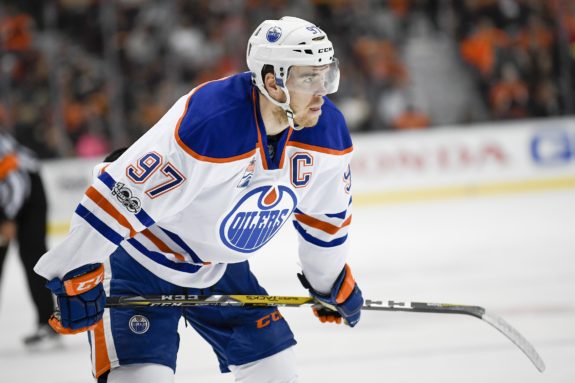
While last season didn’t finish with them hoisting the holy grail, they did put up a good fight against a team much bigger and with similar (if not higher) expectations put on them.
In his first full season, McDavid put up incredible numbers and finished atop the league in points and assists. He was the only player to reach the 100-point mark finishing with exactly 100 points. He scored 30 goals and a league-leading 70 assists.
Behind him, Leon Draisaitl notched 29 goals and 77 points with Jordan Eberle notching 51 points of his own.
On the back end, Oscar Klefbom had a breakout season with 12 goals and 38 points in 82 games. Their fourth overall pick from the 2016 NHL Draft – Jesse Puljujarvi – also put in 28 games for the Oilers notching just one goal and eight points before being demoted. Still, the Oilers found success using the role players within their roster – Zack Kassian, Milan Lucic and Patrick Maroon.
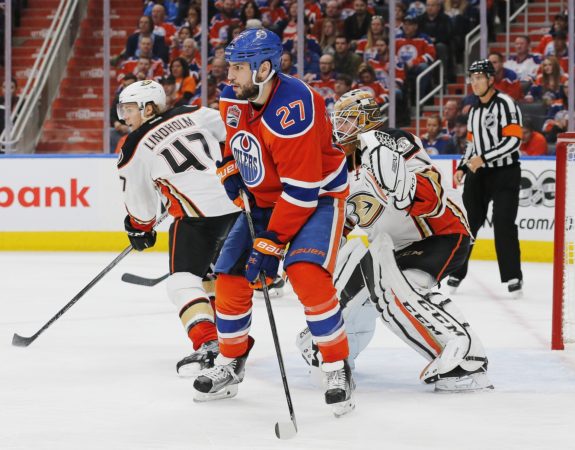
In net, Cam Talbot had a Vezina-type season, but didn’t even get nominated. While he didn’t get the recognition for the season, he still put up a 42-22-8 record in 73 games played. His finished with a 2.39 goals against average and .919 save percentage to go along with seven shutouts.
The remaining games were shared by Jonas Gustavsson and Laurent Brossoit. While Gustavsson won’t be back in 2017-18, Brossoit will be and with good reason. He finished last year with a 4-1-0 record in eight games played with a 1.99 goals against average and .928 save percentage.
So what changes did the Oilers make for the upcoming season? There weren’t many.
New Oilers: Money McDavid and Dollar Draisaitl
The Oilers made one trade this offseason – shipping out their third highest scorer Eberle to the New York Islanders. In return, the Oilers acquired Ryan Strome who will likely get the start on the first line with McDavid.
Strome is coming off a decent season in which he tallied 13 goals and 30 points in 69 games for the Isles. He did notch 50 points back in 2014-15 – his first full season in the NHL, but hasn’t come close to that total since. That could all change with the new scenery that comes along with the trade to Edmonton.
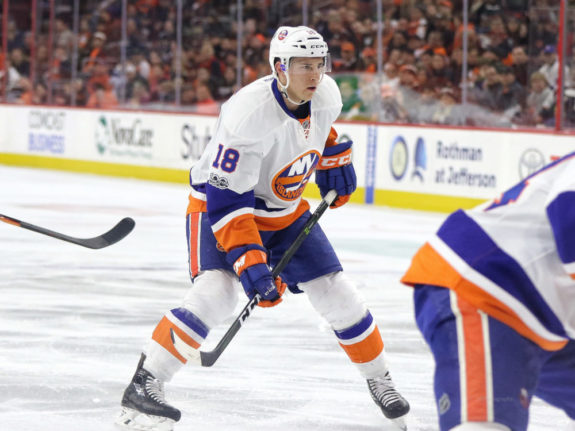
Other than that though, the Oilers didn’t make any major acquisitions. The handed out contracts to young players like Joey LaLeggia, Yohann Auvitu and Jujhar Khaira while bringing in Jussi Jokinen to add some veteran presence.
They also re-signed Zack Kassian and Kris Russell to multi-year contracts. But the biggest contracts were awarded to the Oilers top two scorers from the 2016-17 season. And while they might not be new players, new expectations will come with the contracts of McDavid and Draisaitl.
The Oilers rewarded McDavid’s 100-point season by signing their captain to an eight-year extension worth $100-million. The annual average value (AAV) is $12.5 million and it comes with a no-movement clause over the final four years of the contract. The extension doesn’t kick in until the 2018-19 season which means the Oilers have McDavid locked up through the 2025-26 season.
While Draisaitl didn’t get close to McDavid money, his career-high 77-point season was also rewarded by the Oilers. The 21-year-old German worked out a deal with the Oilers worth $68 million over eight years – a contract that kicks in to start the 2017-18 season. The contract comes with an AAV of $8.5 million and a modified no-trade clause beginning in July 2022 – when he can provide the team with a 10-team list.
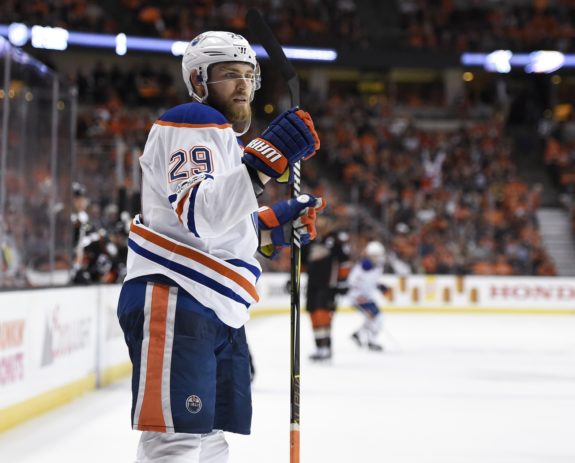
Aside from that, the Oilers will look quite familiar in 2017-18. So what does this season have in store for this bolstered lineup?
2017-18 Bold Prediction: McDavid, Talbot Award-Worthy
The first prediction for the Oilers’ 2017-18 season isn’t bold by any measure. But who wouldn’t say that McDavid is in the perfect position to win back-to-back Hart trophies as the league’s MVP?
Consider it done.
So, let’s move on to Talbot. As mentioned, he put up Vezina-worthy numbers in 2016-17 while playing all but nine games for the Oilers. Still, he wasn’t even among the top three nominees for the award. Assuming he can stay healthy this season, which could be hard to do if he plays another 73 games, look for the Oilers’ goaltender to be the frontrunner for the top goaltending award in the NHL.
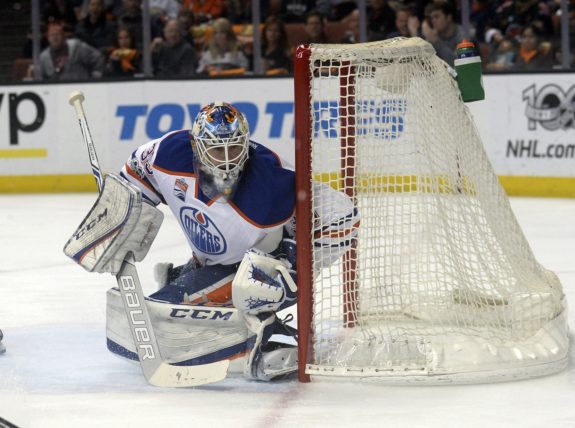
If he is able to capture the award, Talbot would become the first Oilers goalie to win the Vezina since Grant Fuhr won it in 1987-88.
Now, with both the goaltending and scoring in place, the Oilers should be ready to take the next step in the Western Conference. If the defence can be remotely as good as they were in 2016-17 – giving up under 2.60 goals per game – the Oilers should have no problem deepening their run in this year’s postseason.
Assuming they can stay healthy, the Oilers should be one of the best clubs coming out of the West. Along with the success that should be coming to McDavid and Talbot this season, the Oilers will be the team representing the Western Conference in this year’s Stanley Cup Final. At least, that’s how I see it.